Summary
The conception of the A380 began in the late 1980s when Airbus completed some design studies for an ultra-high capacity airliner to compete with the Boeing 747. The project was first revealed to the public in 1990 but it wasn’t until June 1994 that Airbus formally announced its new giant airliner, initially designated the A3XX.
Several design configurations were considered before Airbus decided on the double-decker layout.
The first prototype made its maiden flight on 27 April 2005 from Toulouse-Blagnac Airport. After an extensive flight test programme involving three prototypes, the A380 received type certification from EASA and the FAA in December 2006 and the first production aircraft was delivered to Singapore Airlines on 15 October 2007, entering into service later the same month.
In February 2019, Airbus announced that it was ending production of the A380 by 2021 due to a decline in market demand. Airlines were beginning to favour smaller and more efficient twin-engine, wide-body aircraft such as the Airbus A350, Boeing 787 and forthcoming Boeing 777X. A total of 251 production aircraft were built, operated by 15 airlines. The final A380 to be produced (A6-EVS, c/n 272) was delivered to Emirates in December 2021.
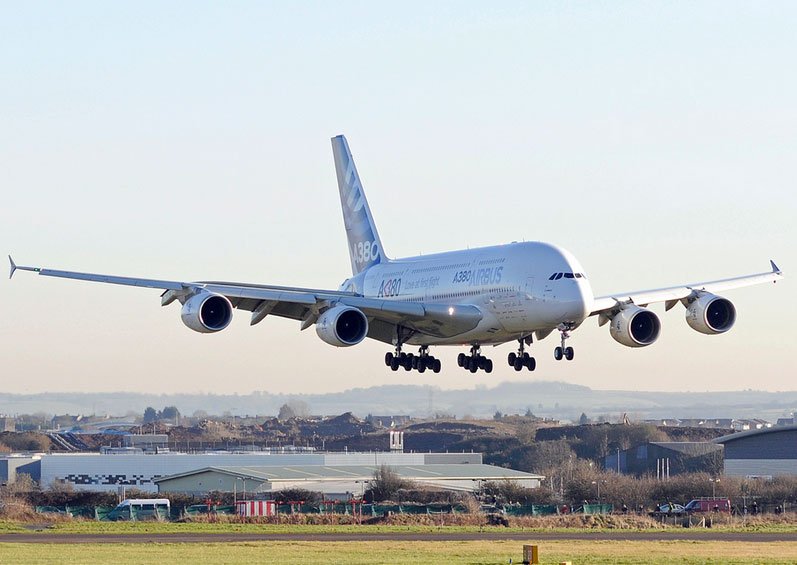
Following the outbreak of the COVID-19 pandemic in March 2020, with national quarantines and border closures ending international travel, nearly every A380 was grounded or placed in long-term storage. Several airlines took the decision to permanently retire early some or all of their A380 fleet. However, following the increase in air travel demand since 2021, the A380’s fortunes are gradually improving. The following provides a review of the current status of the A380 with each operator.
Air France
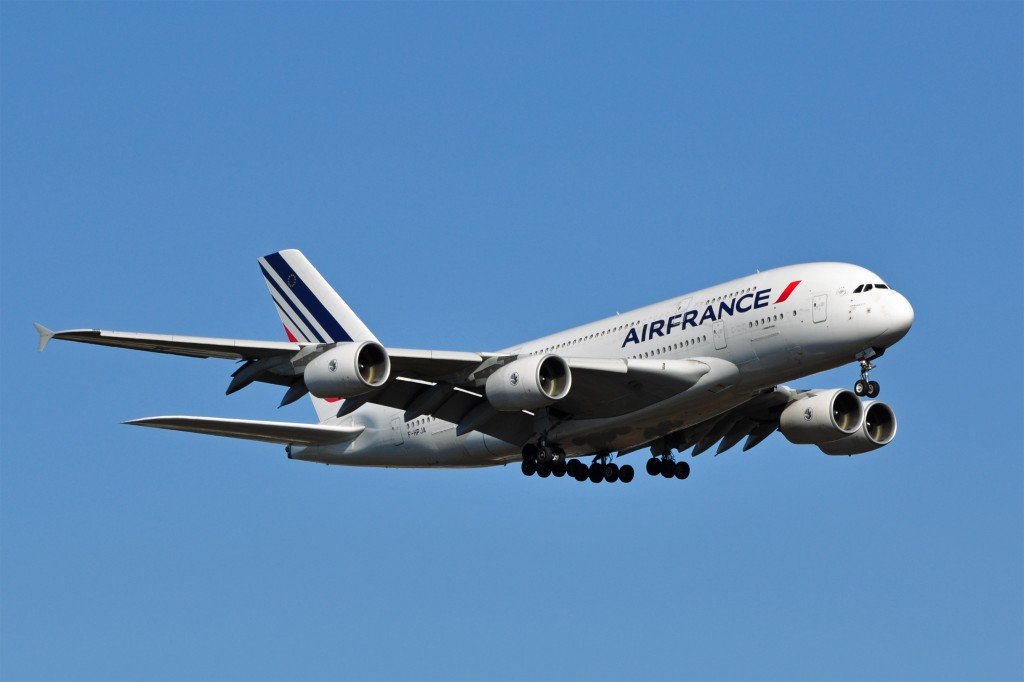
Air France was the first European operator of the A380. The airline acquired ten aircraft and had nine in its fleet when the Covid pandemic started, having already withdrawn one aircraft (F-HPJB) in December 2019. Air France had intended to phase out its A380s by 2022 but, following the outbreak of the pandemic, all nine A380s were withdrawn from use before the end of March 2020 and, in May 2020, Air France announced that it was retiring its entire fleet with immediate effect.
All Nippon Airways
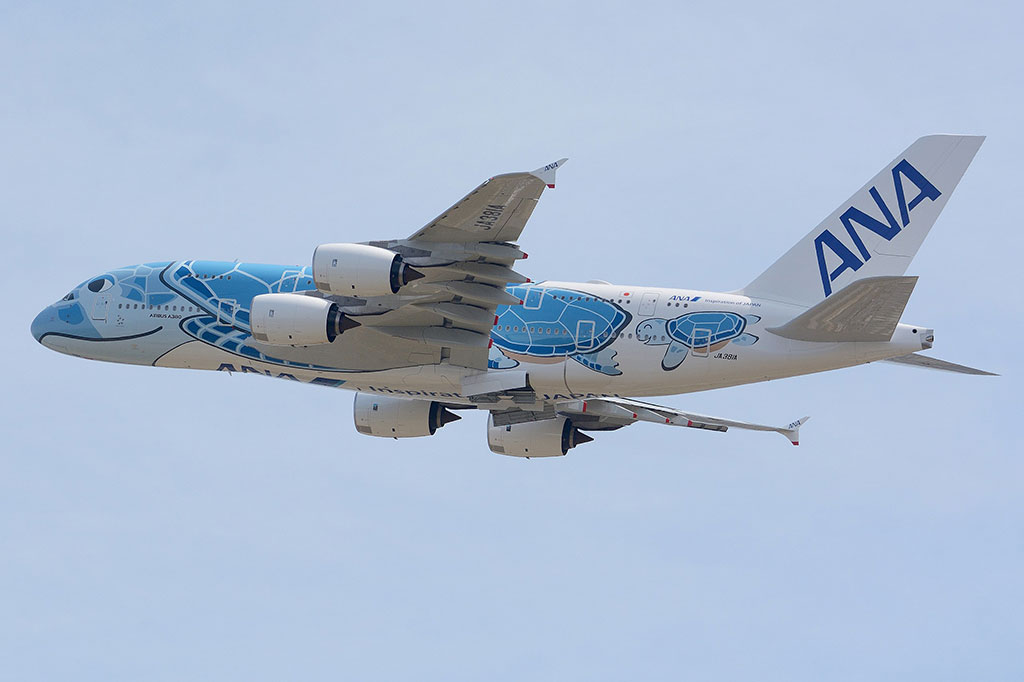
Airbus A380, JA381A, of All Nippon Airways, one of the first A380s to be returned into service by the operator in July 2022 (Photo: Masakatsu Ukon, distributed under a CC BY-SA 2.0 Licence)
ANA grounded its three A380s in March 2020. Two of the aircraft (JA381A and JA382A) returned into service on the Tokyo Narita-Honolulu route at the beginning of July 2022, while the third aircraft (JA383A) remains parked in Tokyo, although it is reported to be in the process of being reactivated.
Asiana Airlines
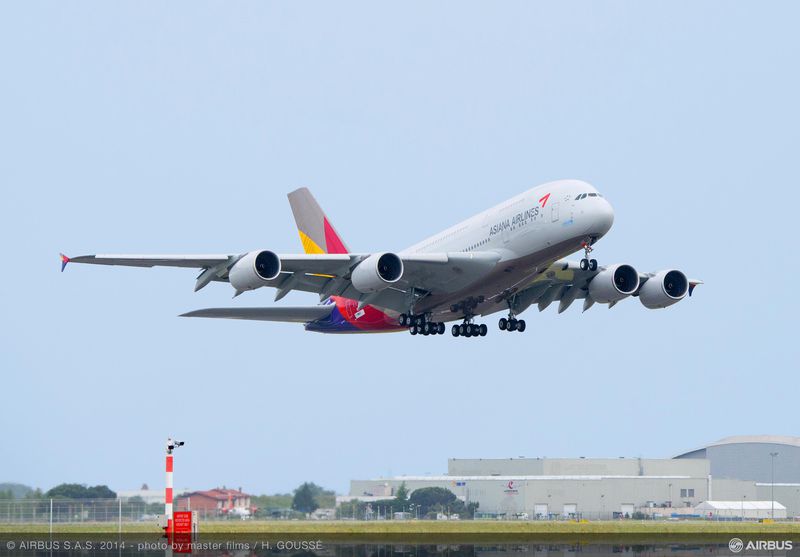
Four of Asiana’s six A380s re-entered service in July/August 2022 (HL7625, HL7626, HL7640, HL7641).
Two aircraft (HL7634 and HL7635) remain in storage at Seoul.
British Airways
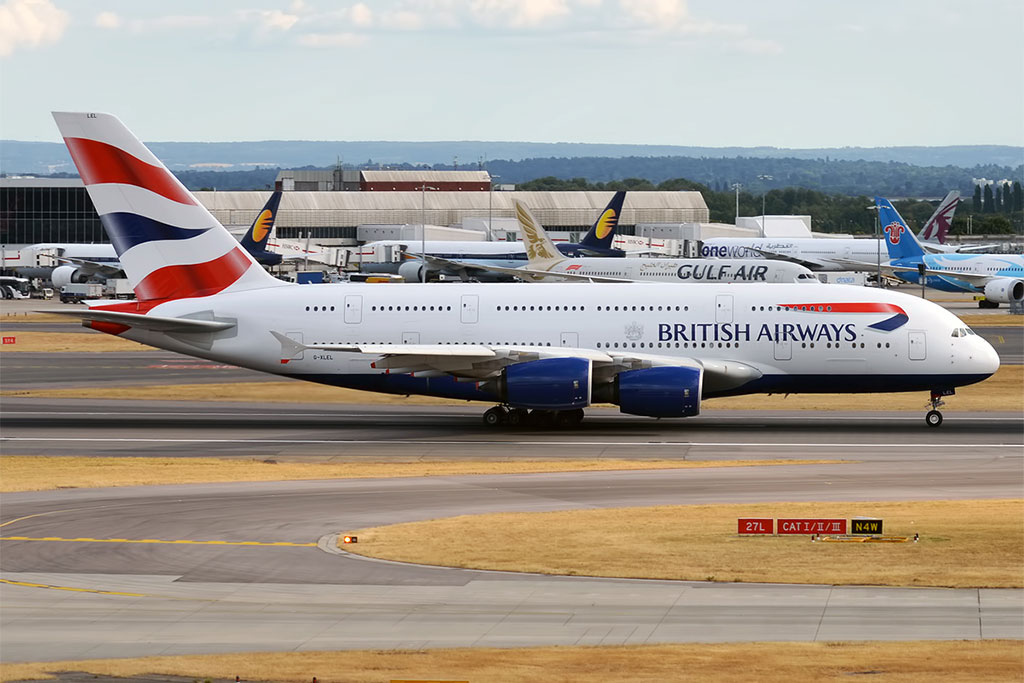
British Airways has returned all twelve of its A380 fleet into service since the Covid pandemic. (Photo: Anna Zvereva, distributed under a CC BY-SA 2.0 Licence)
British Airways has a fleet of twelve A380s. The airline brought four aircraft back into revenue service in late 2021, initially on short-haul routes, and by July 2022, eleven of the aircraft were back in service. The return of G-XLEH was delayed due to a period of heavy maintenance in Manila, Phillippines during August 2022. It re-commenced commercial services on 25 September 2022, flying from London Heathrow to San Francisco.
China Southern
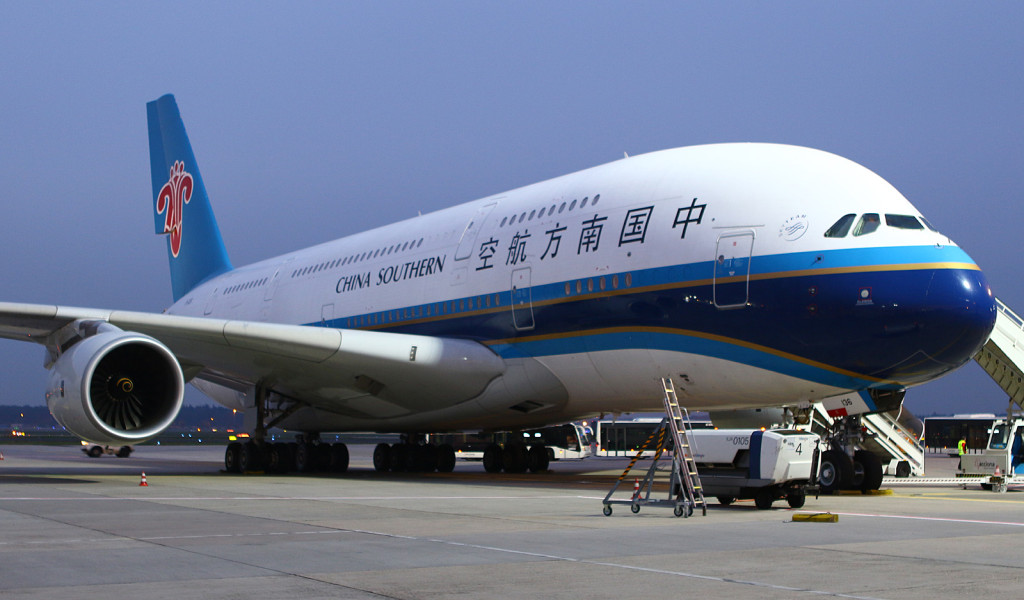
B-6136 China Southern A380
Unlike other airlines, China Southern continued to operate its five A380s on domestic routes during the pandemic. However, in February 2022 it announced that it was retiring its entire fleet.
The final A380 flight for the airline was from Los Angeles to Guangzhou Baiyun International Airport on 6 November 2022. All five aircraft have been sold to the Jet Midwest Group. Two were ferried to the Mojave Air and Space Port for storage in February 2022, the remaining three followed in December 2022.
Emirates
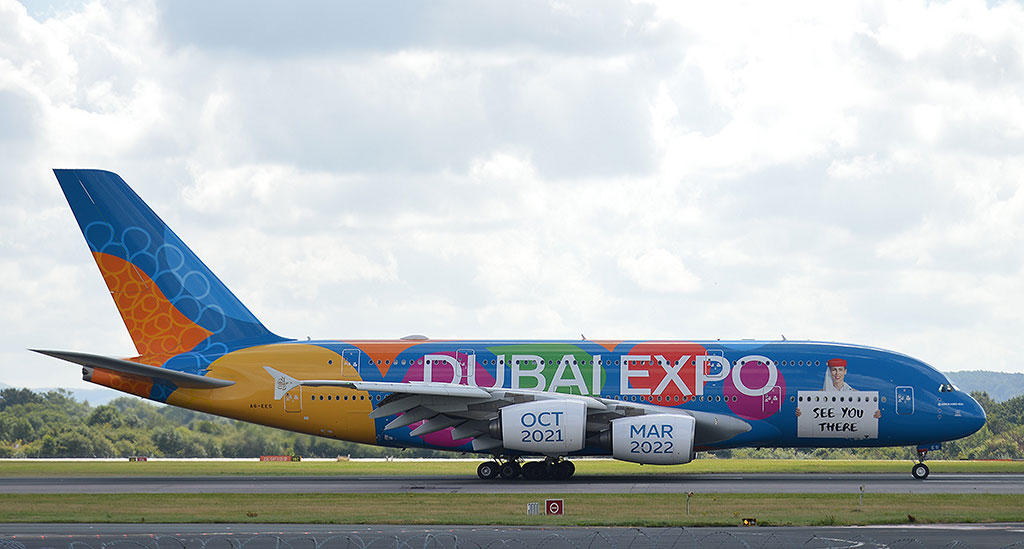
Emirates is the largest operator of the A380 with a current fleet of 93 aircraft (Photo: Nigel Richardson)
Emirates is the A380s largest customer, receiving its 123rd and final aircraft in December 2021. The A380 is a dominant feature of Emirates’ extensive global route network. Although it has retired four of its older aircraft, the carrier currently has an active fleet of ninety-three A380s, with twenty-six aircraft parked/in storage. It plans to continue using the A380 until the mid 2030s.
Etihad Airways
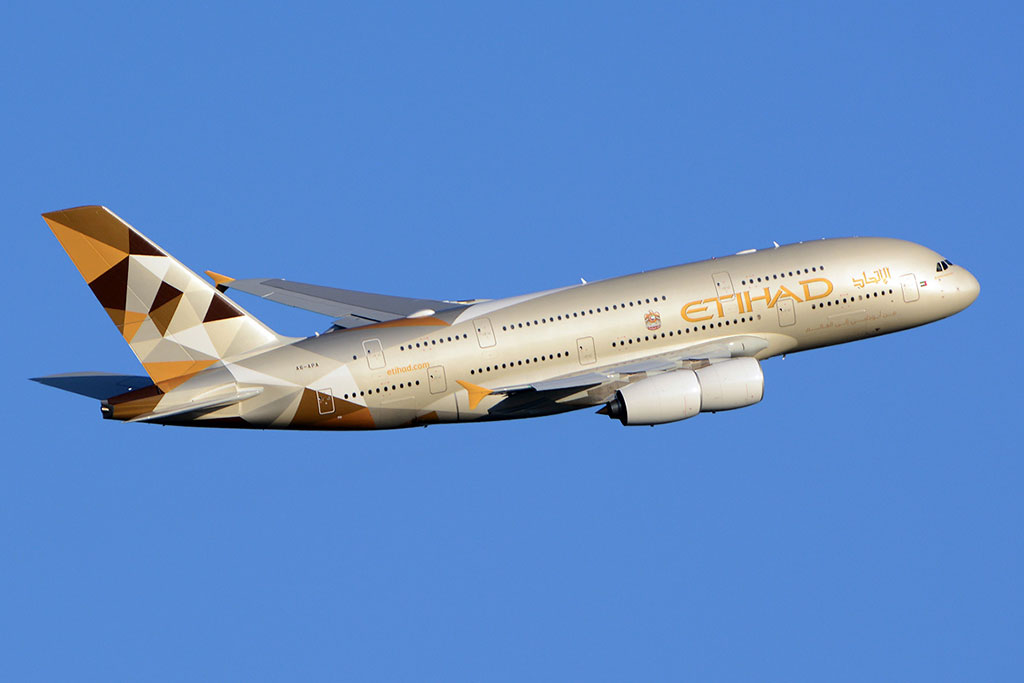
Etihad Airways plans to return four A380s into service from July 2023. (Photo: Richard Vandervord, distributed under a CC BY-SA 4.0 Licence)
Etihad’s fleet of ten A380s are currently in storage at Tarbes and Teruel. However, in December 2022 the carrier announced that it planned to put four aircraft back into service in 2023 to fly solely its Abu Dhabi to London Heathrow route. The first aircraft is expected to return in July, with all four aircraft expected to be operational by October 2023.
Hi Fly Malta
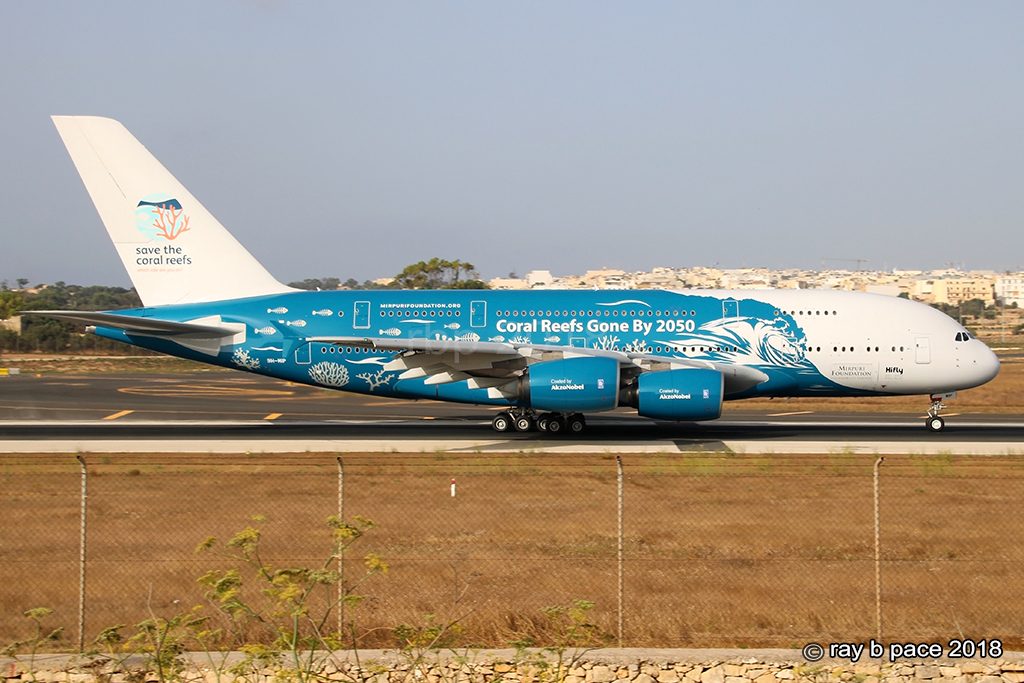
Hi Fly had only one A380 (9H-MIP), a former Singapore airlines aircraft, which it acquired on lease in July 2018. Following the outbreak of the pandemic, Hi Fly did not extend the 18 month lease period. The aircraft was withdrawn from use and has been in storage at Tarbes since March 2021.
Korean Air
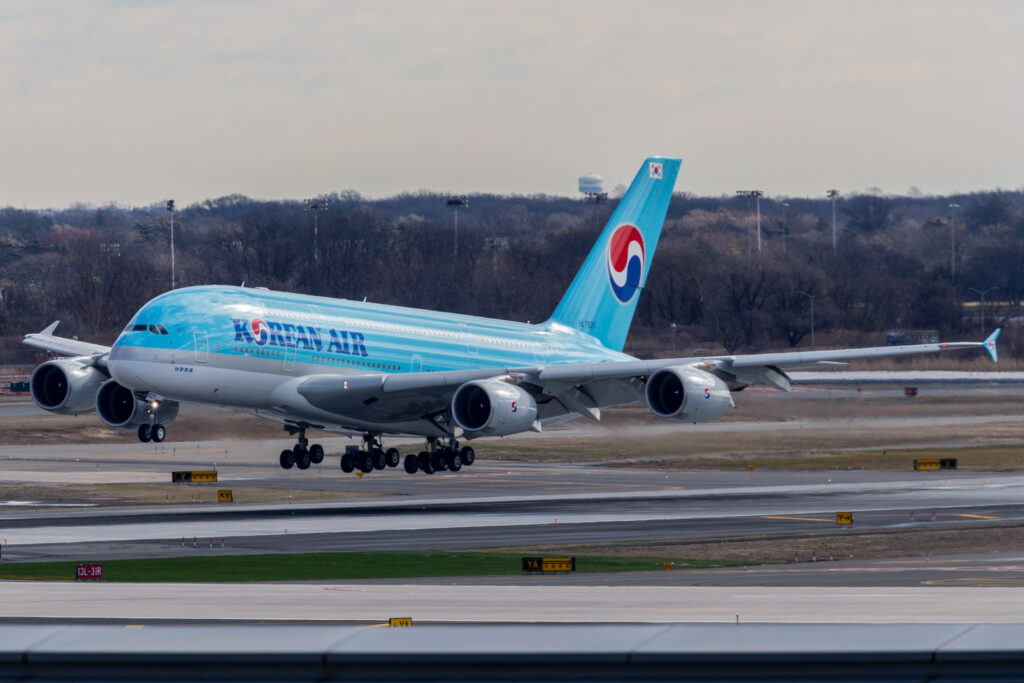
Photo (c) Martyn Cartledge
Korean Air grounded all ten of its A380 fleet at the start of the pandemic. The carrier returned an A380 (HL7614) into service in September 2020 on a weekly flight between Seoul and Guangzhou. A further four A380s (HL7621, HL7622, HL7627, HL7628) were brought back into service between July and November 2022 when several long-haul routes were re-opened. During 2023 the Korean Air A380s are expected to operate on routes from Seoul to New York, Bangkok, Los Angeles and Taipei.
Lufthansa
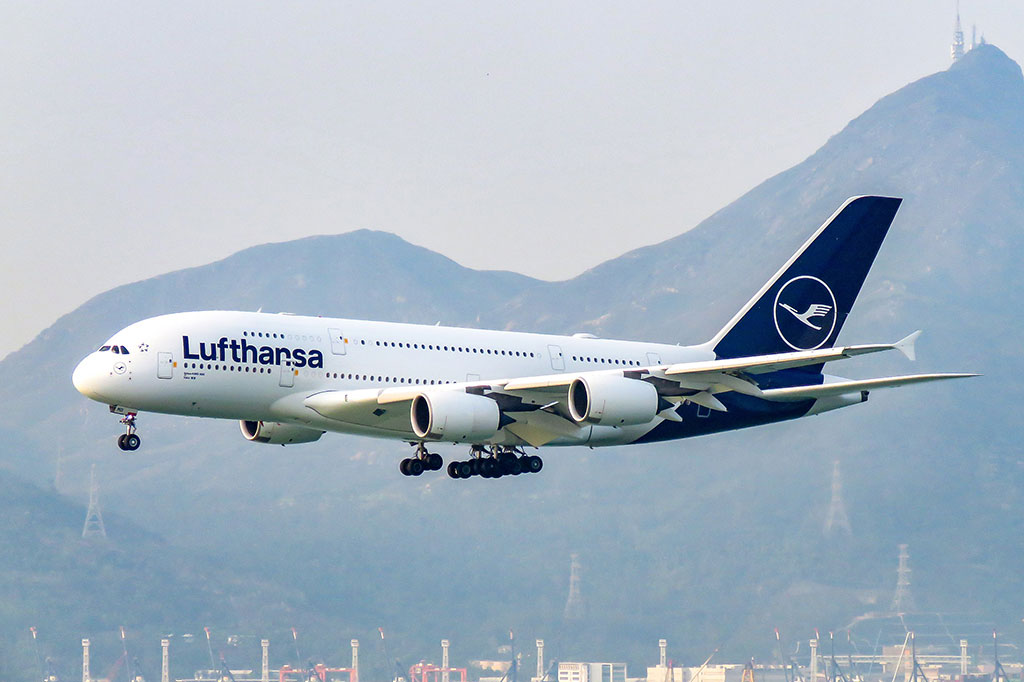
Lufthansa is planning on bringing some of its A380s back into service during the summer 2023. (Photo: N509FZ, distributed under a CC BY-SA 4.0 Licence)
Lufthansa had built up a fleet of fourteen A380s by April 2015. In March 2019, the airline announced that it was going to sell six aircraft back to Airbus by 2022 for economic reasons. Six of the remaining eight aircraft are currently in storage at Teruel, one is undergoing maintenance at Lufthansa Technik Philippines in Manila and one is parked at Frankfurt.
Lufthansa is planning to return the A380 into service during the summer of 2023 due to a steep rise in customer demand and delays in the delivery of aircraft on order.
Malaysia Airlines
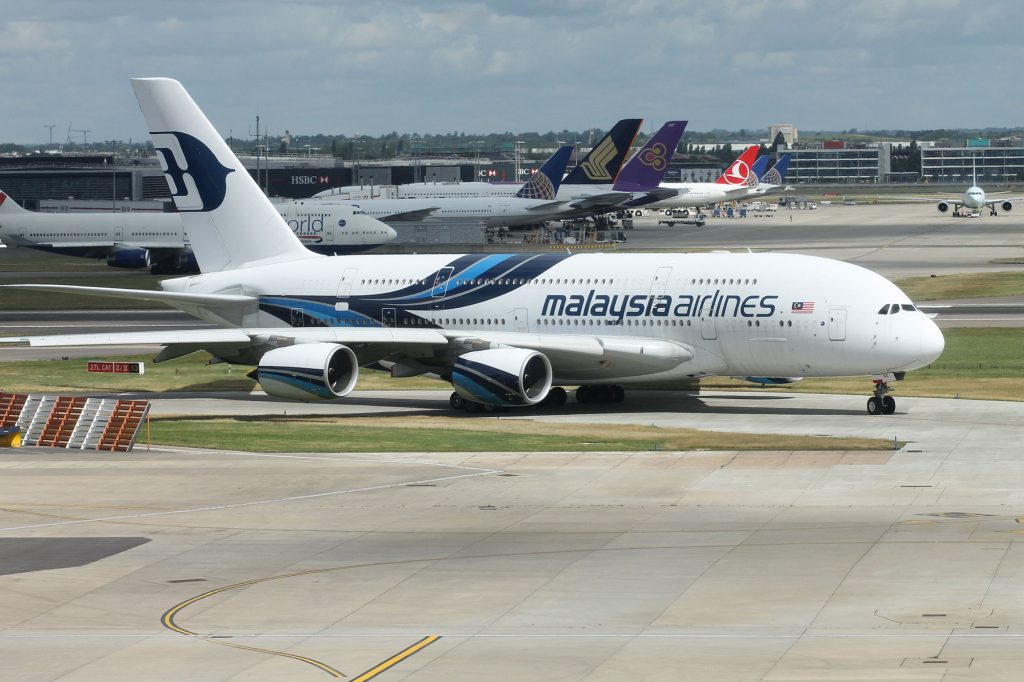
Malaysia Airlines have a fleet of six A380s. Following the outbreak of the pandemic the aircraft were placed in storage at Kuala Lumpur. In September 2022 it was reported that the aircraft were being sold back to Airbus as part of an order for twenty A330-900neos. Subsequently, during November and December 2022 the six A380s were ferried to Tarbes for ongoing storage.
Qantas
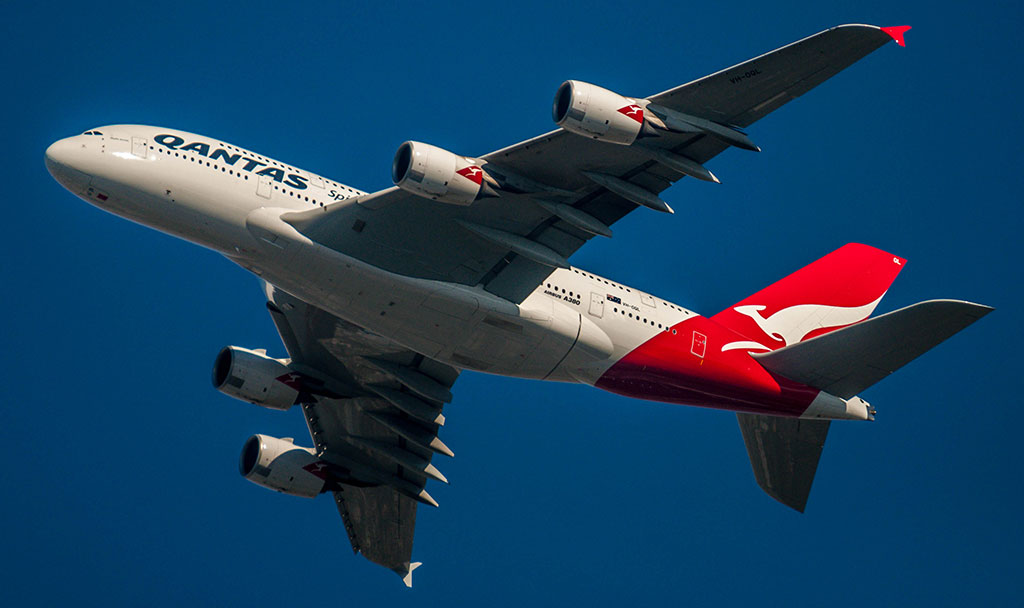
Qantas has returned six A380s into service since the Covid pandemic. VH-OQL, seen here, returned to Sydney at the beginning of February 2023 and is expected to begin revenue flights shortly. (Photo: Hpeterswald, distributed under a CC BY-SA 3.0 Licence)
All of Qantas’ twelve A380s were put into storage at the beginning of the pandemic. Qantas began to re-introduce the A380 into service in January 2022 (VH-OQB) and by the end of the year, six aircraft had returned (VH-OQB, VH-OQD, VH-OQK, VH-OQJ, VJ-OQH, VH-OQG). Two aircraft were transferred from storage in Victorville, California to Abu Dhabi at the end of 2022 where they were to be prepared for a return into service and, at the beginning of February 2023, one of these (VH-OQL) returned to Sydney.
It is believed that two aircraft (VH-OQC, VH-OQI) currently in storage are to be refurbished with new cabins before being put back into service in 2024. Two aircraft (VH-OQE and VH-OQF) have been retired, with VH-OQF scrapped in June 2022.
Qatar Airways
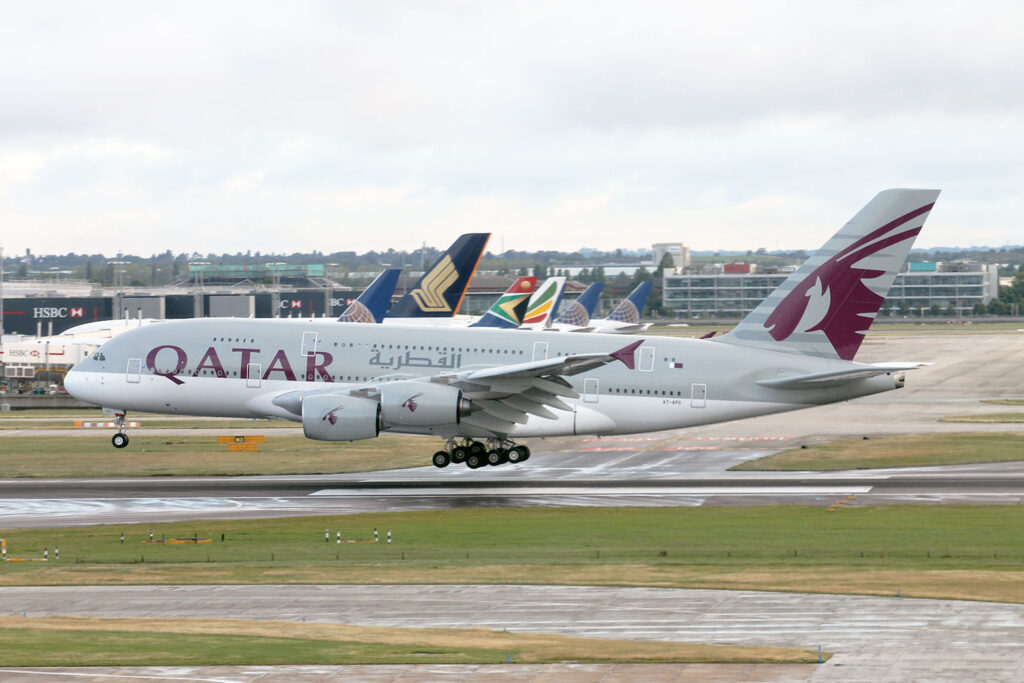
Qatar Airways has a fleet of ten A380s, all of which were taken out of service during the pandemic. Four aircraft were brought out of storage and returned to service in December 2021 (A7-APG, A7-APH, A7-API, A7-APJ) and a further four between April and August 2022 (A7-APE, A7-APF, A7-APD, A7-APC).
Two aircraft remain in storage at Doha. The view of the CEO of Qatar Airways is that the A380s have no long-term future with the airline. The aircraft were mainly returned into service as a result of capacity shortages faced by the carrier following the post-pandemic, sharp increase in the demand for global air travel and the grounding of its A350 aircraft due to concerns over surface paint issues.
Singapore Airlines
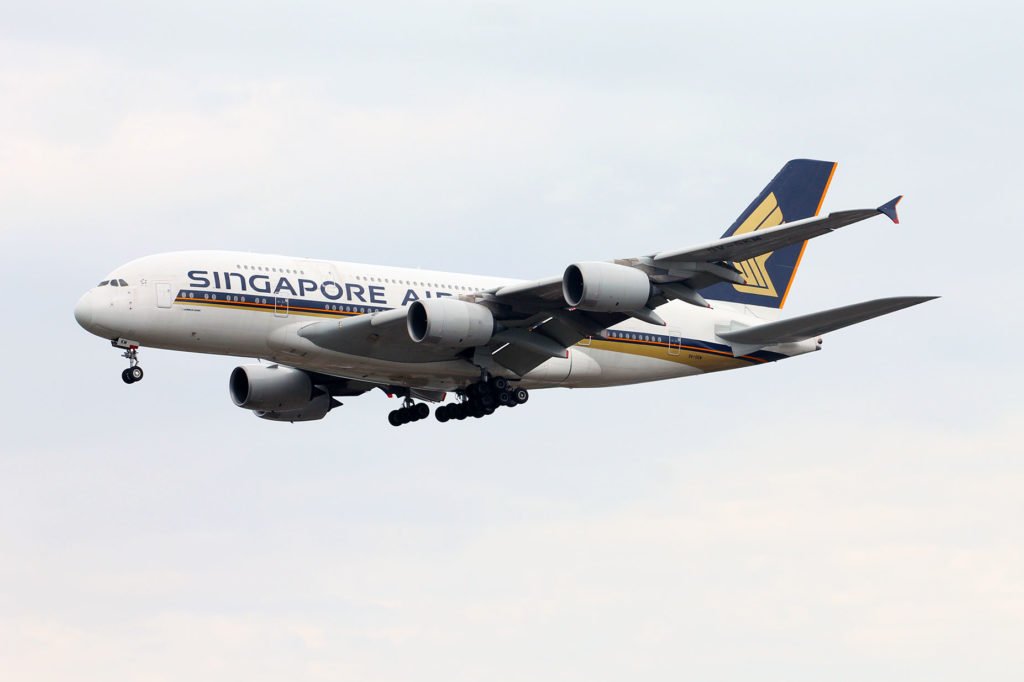
Singapore Airlines acquired a total of twenty-four A380s but began to retire some aircraft before the final five A380s had been delivered, even before the outbreak of the pandemic. The aircraft that operated the first A380 revenue service (9V-SKA) was retired in June 2017 and scrapped in November 2019. A further four aircraft were withdrawn from use between September 2017 and April 2018 and eventually returned to the lessor in 2018, followed by two more which never returned to service following the grounding of aircraft at the start of the Covid pandemic. Post-pandemic, Singapore Airlines brought back seven A380s into service between November and December 2021 (9V-SKM, 9V-SKN, 9V-SKS, 9V-SKT, 9V-SKU, 9V-SKV, 9V-SKY) followed by a further four during 2022 (9V-SKQ, 9V-SKR, 9V-SKW, 9V-SKZ). One aircraft (9V-SKP) is reportedly now being retrofitted with new cabins before returning to service. Five aircraft remain in storage at Alice Springs, Australia and Singapore (9V-SKF, 9V-SKI, 9V-SKJ, 9V-SKK, 9V-SKL).
Thai Airways
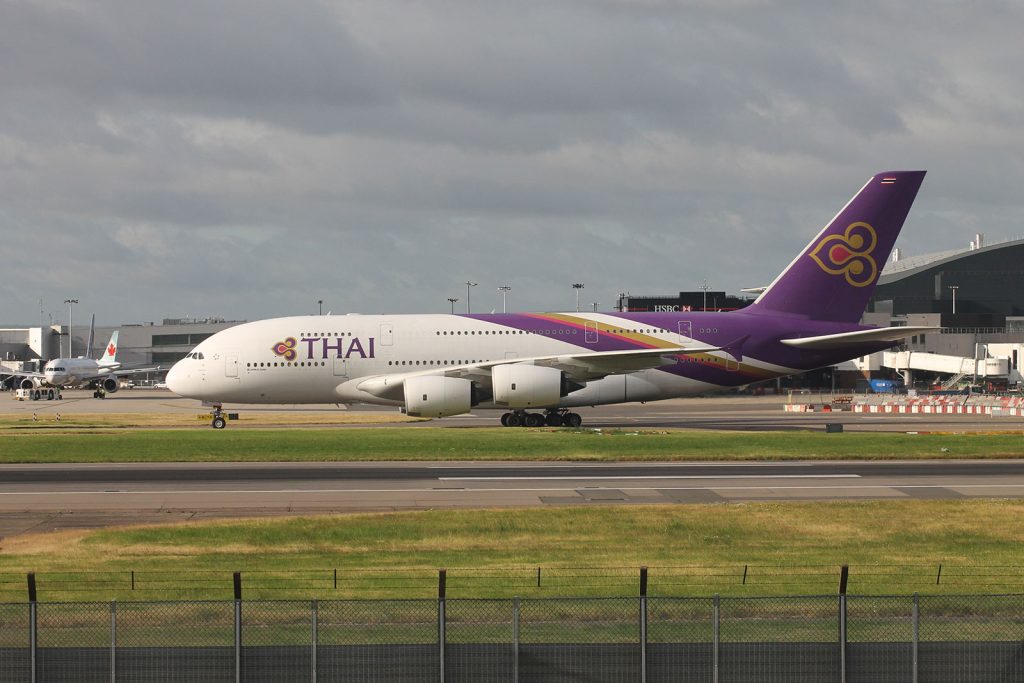
Thai Airways has six A380s in its fleet. They were all grounded in March 2020 and remain in storage, four at Bangkok Airport (HS-TUA, HS-TUB, HS-TUC, HSTUC) and two at Rayong Pattaya U-Tapao Airport (HS-TUE, HS-TUF). It seems unlikely that these aircraft will return into service as Thai Airways has been actively reducing its fleet size and capacity over the past two years.
Airbus A380 Routes List
If you want to find out exactly where the world’s A380 fleets are currently flying, we have the Airbus A380 Routes List. Updated regularly, this is content is available exclusively to Airport Spotting Premium members.
To join, click here.

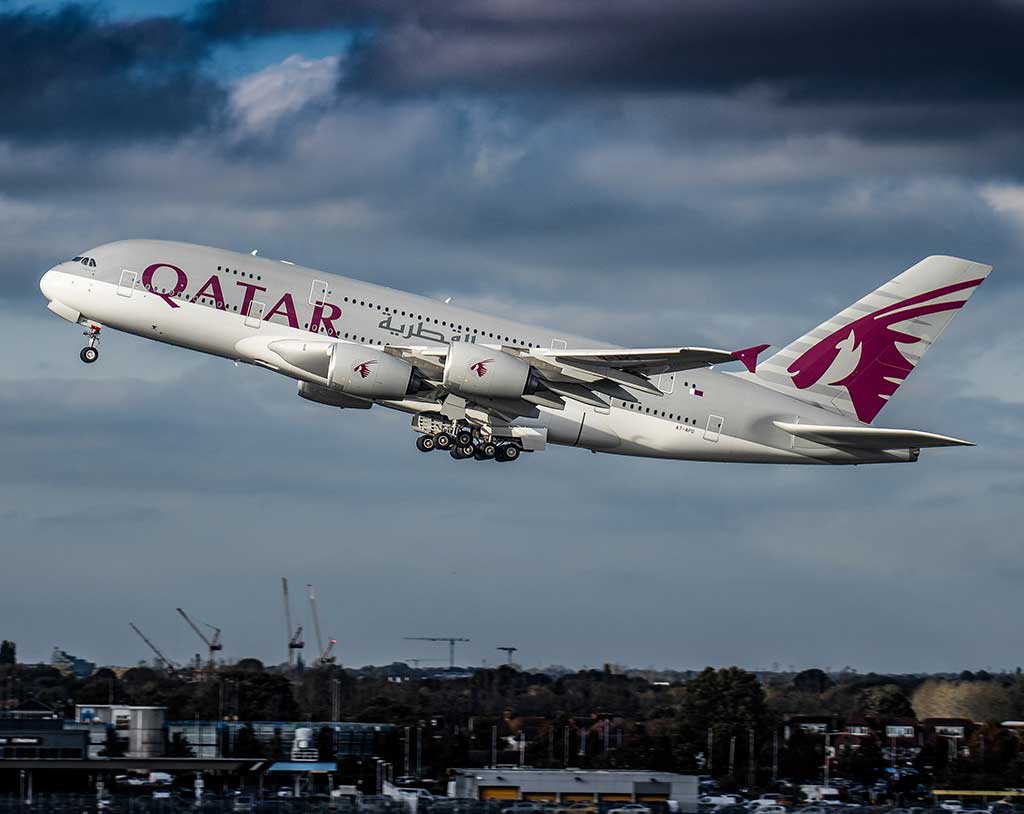




1 comment
[…] [Is the A380 on the Comeback Trail?] […]